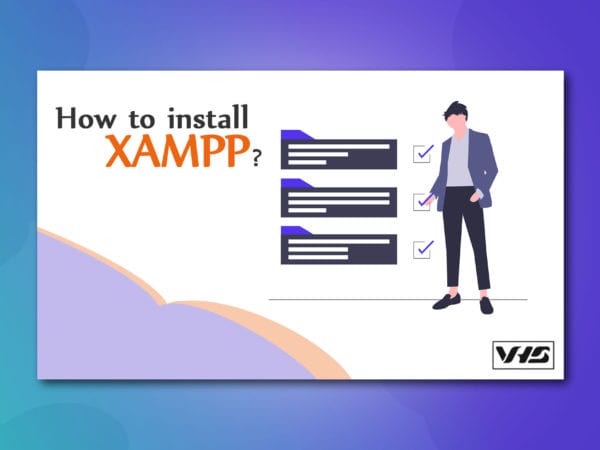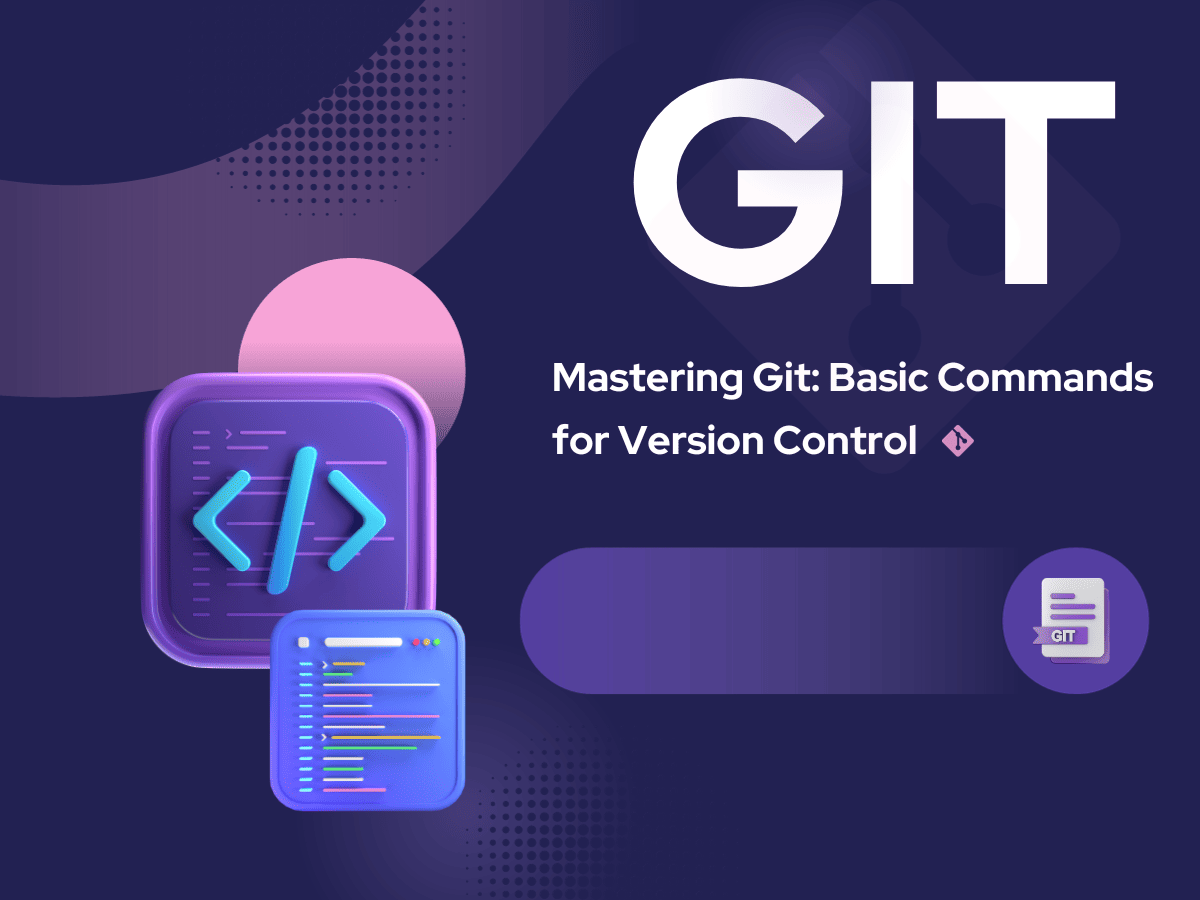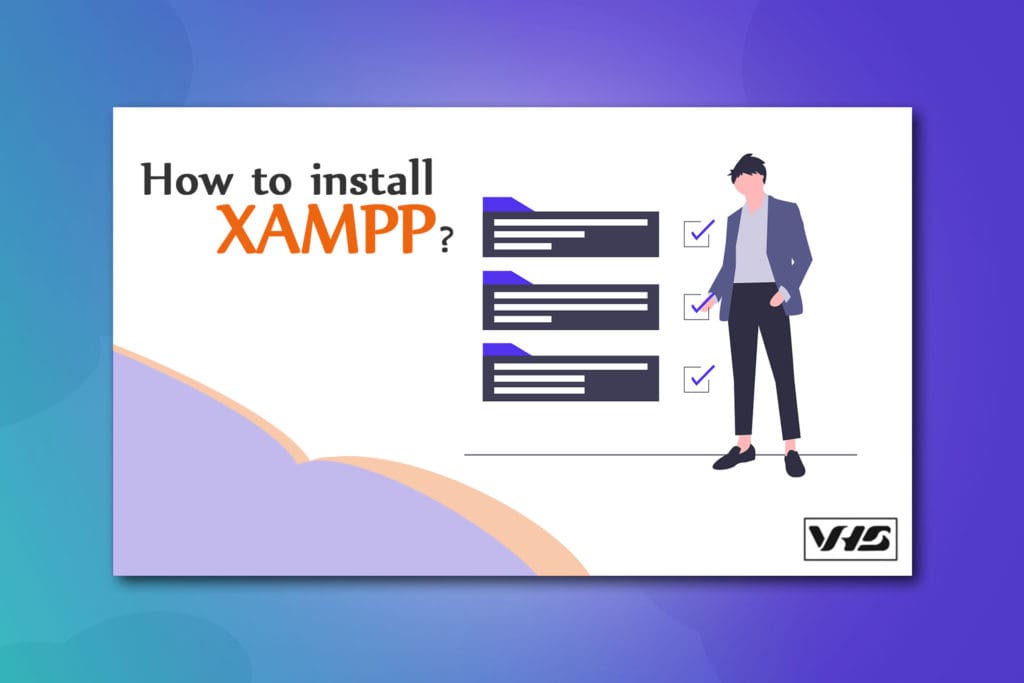
Install & Configure XAMPP?
First of all, let’s answer the basic question. What is XAMPP? It’s basically a program that allows you to set up a web server on your computer. Any website that uses server-side language requires a webserver to run. This is commonly used for testing and developing the website before uploading it to a live web server.
XAMPP is usually used to run PHP necessary components needed by some of the most popular CRMs such as WordPress, Drupal, and Joomla. In addition to running PHP in a local web server environment. This program also contains an installs a popular database interface called phpMyadmin.
Alongside these core components, this free-to-use Apache distribution contains some other useful tools, which vary depending on your operating system include applications such as FileZilla, Mercury, Perl, and Tomcat. These great combinations of applications allow testing of full websites on your own desktop without the need to upload everything to an online Web server. This is possible because it contains the same components that are found on common web servers.
Install XAMPP on Windows
Follow these steps to download, install and configure XAMPP
- Go to APACHEFRIENDS.ORG
- Click the XAMPP for Windows to download the program
- Click on the downloaded .exe file
- A pop-up window will open and Click OK

- Click the Next button.
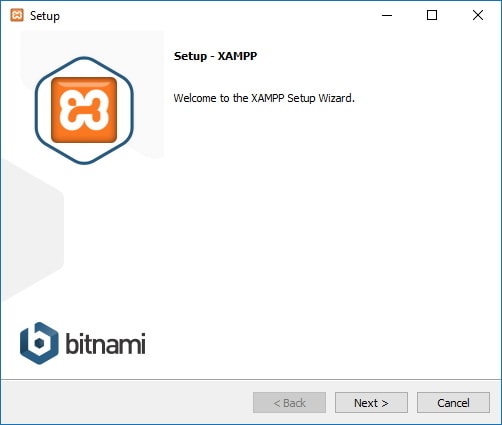
- Select all the components that you want to install
- Click the Next button.
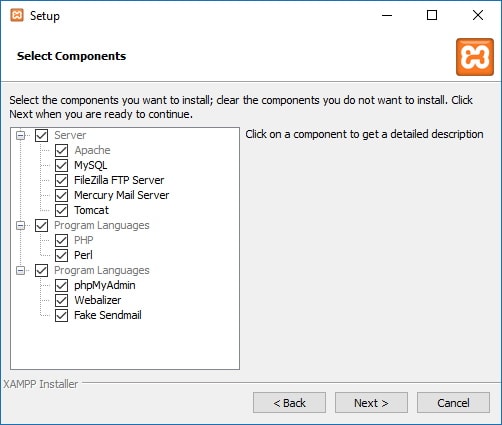
- Select a folder to install XAMPP
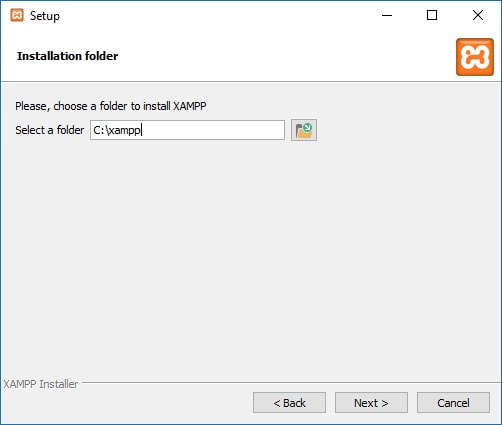
- Unchecked Learn more about Bitnami for XAMPP checkbox
- Click the Next
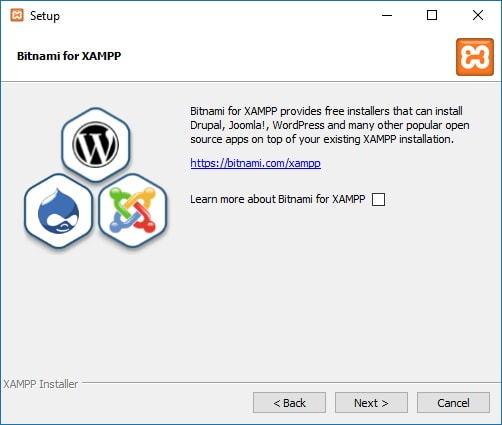
- On the Windows Security Alert Click Allow Access Button
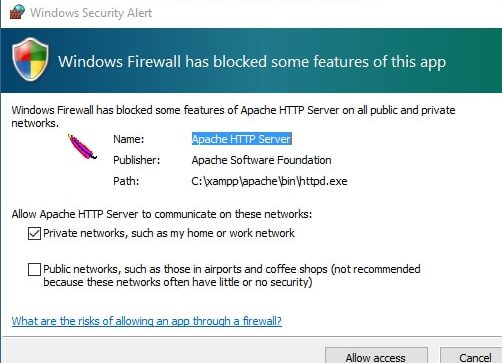
- Click the Finish
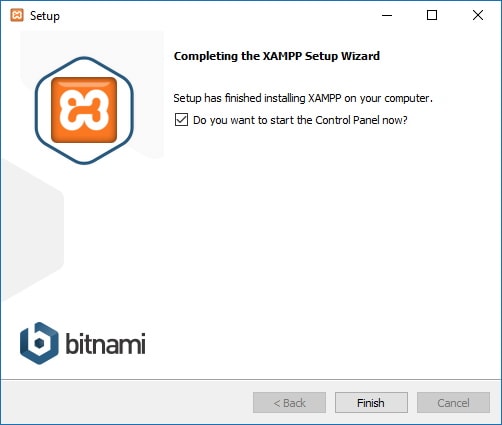
How to configure XAMPP?
The default TCP/IP are port 80 and 443. For MySQL it uses TCP/IP port 3306.
- Tor run your local server just click on Start Button
- Apache Start
- MySQL Start
After your services start to run
- To open your website Click on Admin in the Apache row
- To open your phpMyAdmin Click on Admin in the MySQL row
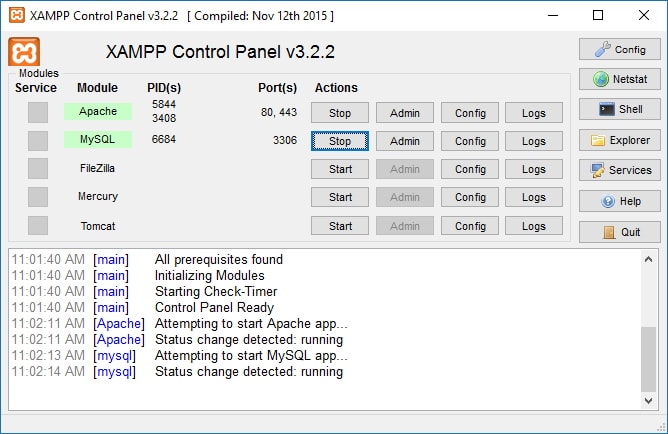
How to change your location folder?
- To change your website folder Click on Config in the Apache row
- httpd.conf notepad filed will open
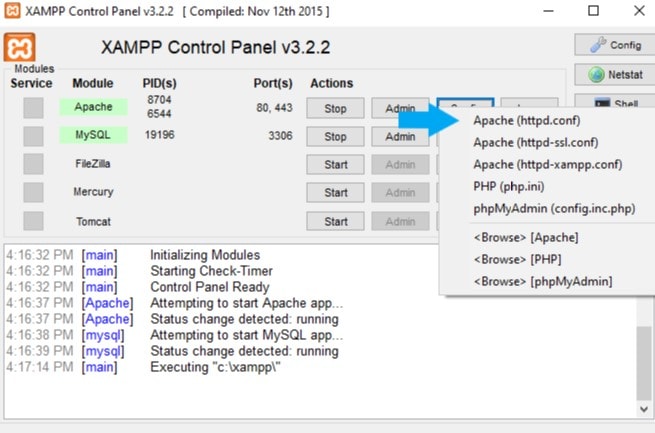
- Replace the current location with the location of your website folder
- Save & close your file
- Start your Services again
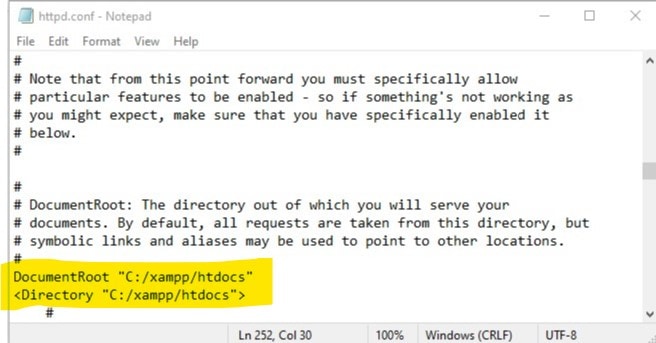
The Bottom Line
If you are looking to explore setting up and configure your local web development environment XAMPP is the place to start. Manual installation of a Web server and PHP requires in-depth configuration knowledge, but installing XAMPP on your personal computer only requires running a simple installer package.

